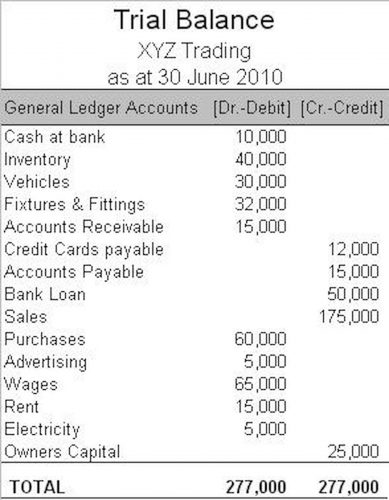Biden administration cancels over 1 million public workers loans

Taking on too much debt, especially in a rising rate environment, can lead to excessive interest payments, putting pressure on operations and putting the company at more risk of default. Debt financing tends to be less expensive and comes with tax benefits that help increase earnings and cash flows. Equity financing tends to be more expensive because of the higher returns from the stock market.
Cost of Debt: What It Means and Formulas

There are many sources of financial aid offered by different colleges. And while student loans need to be repaid, other types of financial help such as grants and scholarships do not have to be paid back. If you can qualify for lots of this free money to attend a particular school, it could be a better deal for you even if the tuition price initially appears higher. College is undoubtedly expensive, and unless you have a hefty college fund or plenty of family income to pay tuition, student loans are almost always going to be necessary. And that means that whether you’re a parent or a student who may have to borrow, you need to consider how much student loan debt you’d have to take on to attend a particular institution.
Cost of Debt and Cost of Capital
The right business loan or line of credit can come with many benefits. Business financing might enhance your cash flow, provide you with working capital, or give your company the financial flexibility it needs to expand. The resulting figure represents the Weighted Average Cost of Capital (WACC), which is the average rate of return required by the company to cover its financing costs. The WACC provides a benchmark for evaluating the profitability of potential investments and helps determine the appropriate discount rate for cash flow analysis. Let’s assume a company has obtained a loan with a 5% interest rate and $10,000 in annual fees. The U.S. Federal Reserve estimates https://www.bookstime.com/articles/what-is-an-invoice that 43% of small businesses need external funding to grow and scale.

How does one estimate the cost of debt for use in the Weighted Average Cost of Capital (WACC)?

Others may want to know your company’s cost of debt figures, because it can help them assess the risk of doing business with your company. Cost of debt is the term that describes how companies repay the lenders and creditors from which they borrow money. Cost of debt is the effective interest rate a company pays to creditors—also known as debt holders or lenders. There are numerous ways to secure business capital, and debt financing is at the top of that list. With debt financing, your business borrows money from a lender—often in the form of a short term loan or business line of credit—and agrees to repay those funds plus interest in the future. For DCF valuation, determination of cost of debt based on the latest issue of bonds/loans availed by the firm (i.e., the interest rate on bonds v/s debt availed) may be considered.
Cost of Debt Formula
This interest rate is also important if you want to calculate your weighted average cost of capital (WACC). Each of these shareholders gains a percentage of ownership in the company by investing. The cost of equity doesn’t need to be paid back each month like the cost of debt. Instead, repayment is generated through returns on shares, like dividends and valuations. The effective tax rate can be determined by dividing the total tax expense by taxable income.

Calculate Cost of Debt using Modigliani & Miller II
It is an integral part of the discounted valuation analysis, which calculates the present value of a firm by discounting future cash flows by the expected rate of return to its equity and debt holders. Interest payments on debt are often tax-deductible, resulting in tax benefits for businesses. To arrive at the after-tax cost of debt, you need to adjust for these tax benefits. There’s also a formula for calculating any tax savings into the total. In exchange for investing, shareholders get a percentage of ownership in the company, plus returns. how to find the cost of debt Lenders examine your business’s finances using financial documents, including a balance sheet.
- Some companies choose to use short-term debt as their means of financing, and using the interest rates for the short term can lead to issues.
- For instance, if you can use a $10,000 low-interest-rate loan to create a new product that’ll generate three times as much revenue, then the loan is probably worth the cost.
- The cost of debt and equity are part of the discount rate we use in a DCF (discounted cash flow) model to find the future value of those cash flows.
- But if it’s more, you might want to look at other options with lower interest cost.
- A higher cost of debt means higher interest payments, reducing cash flows available for investments, growth, or paying dividends to shareholders.
- This higher present value implies an increased estimated enterprise value for the company.
After you’ve considered fees, APR and welcome bonuses, https://www.facebook.com/BooksTimeInc/ it becomes a matter of comparing the card’s rewards and benefits for your lifestyle. Whether you’re just starting a teaching career or have seen enough to write an instruction manual for the newbies, there are a few things to keep in mind when shopping for a credit card. Thankfully, finding the right credit card to match your busy lifestyle can add true value.

Commenti recenti